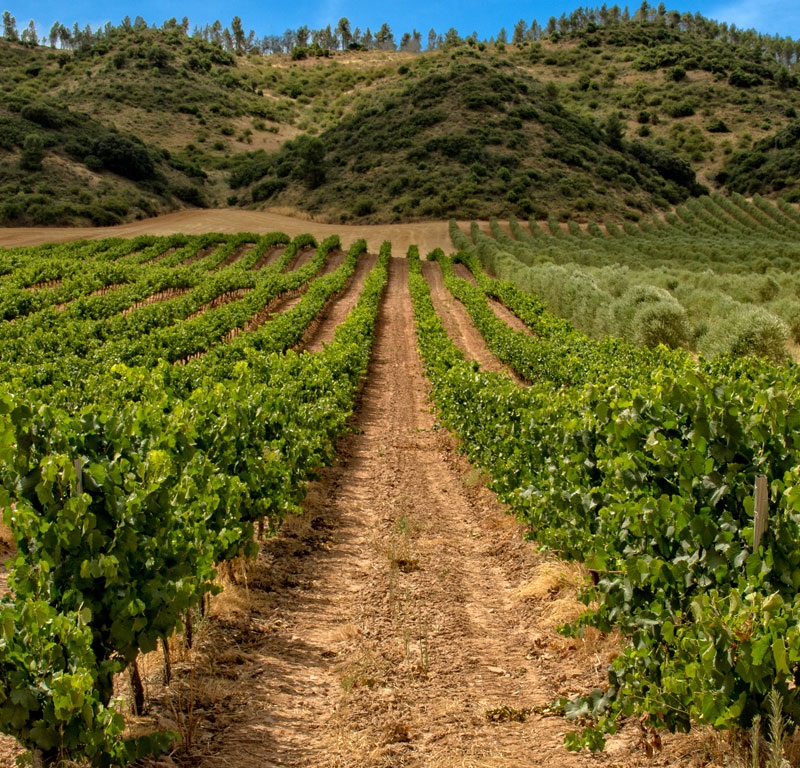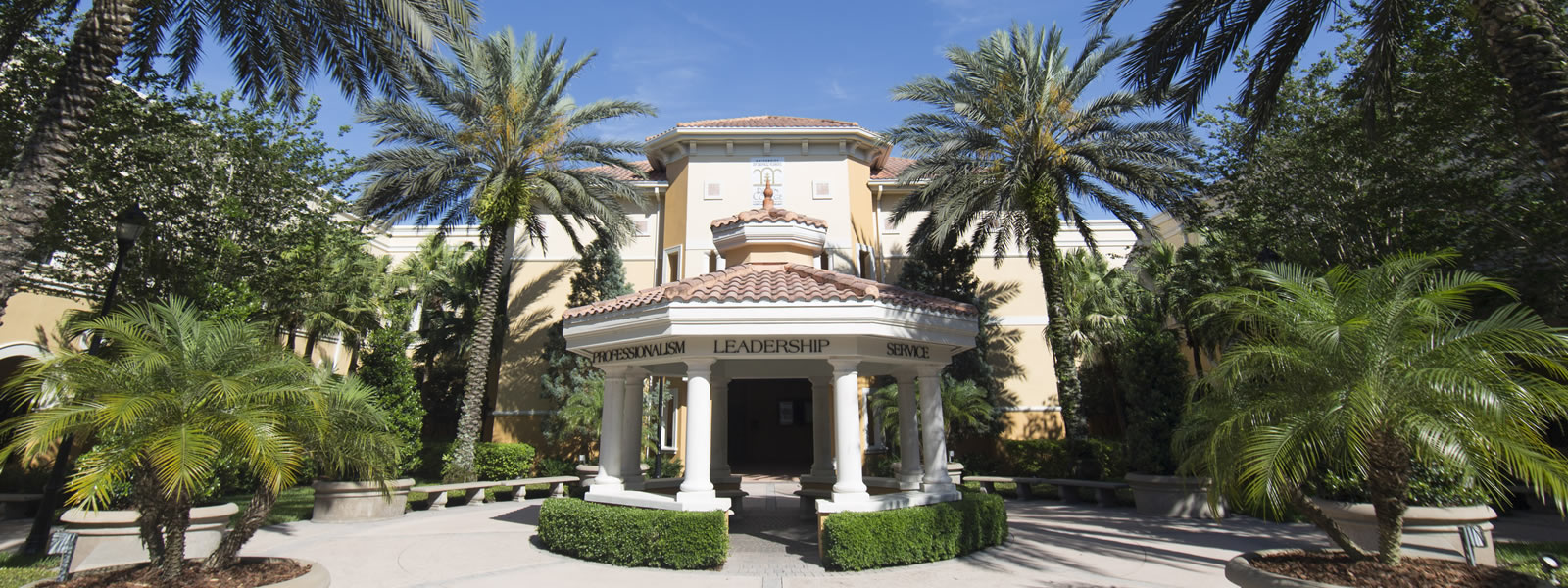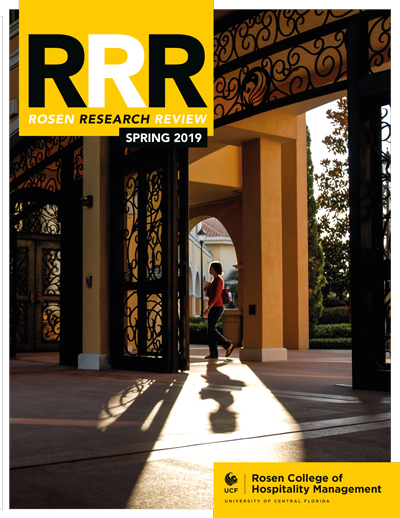Rosen Research Review: The Wine Tourist
 Spain is the third largest producer of grape wine, steeped in a rich history of wine production going back around 3000 years. While Spain has long been a popular tourist hotspot for sun worshippers, it is now marketing itself as a wine tourism destination and, more specifically, targeting the new connoisseur of the winery experience.
Spain is the third largest producer of grape wine, steeped in a rich history of wine production going back around 3000 years. While Spain has long been a popular tourist hotspot for sun worshippers, it is now marketing itself as a wine tourism destination and, more specifically, targeting the new connoisseur of the winery experience.
Photo:vincenfoto/Shutterstock.com
A RICH CULTURAL EXPERIENCE
Gone are the days when wine tourism involved a visit to a winery simply to taste and purchase. With the growth in popularity, tourists now want – and expect – a more encompassing and cultural experience. From food and shopping to recreation and beautiful environs, the investment in wineries suggests that consumers are demanding more. With this shift in expectations comes a number of benefits: most notably wineries can sell direct to consumers and increase brand loyalty. To facilitate this, many have invested in the winery experience.
A case in point is the multi-award-winning Marqués de Riscal winery in Spain: they have invested 70 million Euros in a postmodernist hotel to woo and wow wine tourists, echoing the trend within the industry for building hotels, spas and cookery schools to entice visitors. Lying deep within the Rioja Alavesa region, Marqués de Riscal is today considered one of the ten most admired wine brands in the world (Drinks International). Rioja is Spain’s most famous wine region and it is no surprise that it is becoming increasingly attractive to wine tourists from around the world. It offers a stunning mountainous backdrop world heritage sites and a vast number of wineries to visit.
Seeing an opportunity, Marqués de Riscal opened its ‘City of Wine’ back in 2006, which is home to its iconic hotel, spa, restaurants and, of course, its winery. This investment was bold and set itself apart from its competitors. Moreover, in its first year of opening, visitor numbers to the Rioja region increased by a staggering 68% (Instituto Nacional de Estadística, 2010; IREA, 2008), making it a key base for research into motivations for wine tourism. For this reason, the team of Rosen researchers selected Marqués de Riscal for their study.
KEY MOTIVATORS
At a time of such growth in wine tourism and such high levels of investment in the industry, it is increasingly important to understand the key motivations for such visits and particularly revisits. The researchers chose to focus on those who have actually visited Marqués de Riscal once or multiple times rather than those planning to visit. They were looking at actual behavior rather than behavior intentions as traditionally used in academic research.
The team examined how satisfied previous visitors were with the winery, how many revisits they made and their motivations for returning. They aim to enable wineries “to make more informed decisions regarding the expansion and marketing of their tourist offerings”. Informed investment will allow wineries to use investment to develop the experience most likely to win new customers and keep them returning, therefore developing a loyal customer base.
Marketing has a key role to play in determining what motivates a consumer to visit a given area, whether that might be to explore a new culture or for a more immersive experience, getting to know the locals. To date there are three key theories on motivations: Maslow’s hierarchy of needs (Maslow, 1954), which determines that the need to travel is governed by “higher social and self-actualization needs”; Crompton’s (1979) and Dann’s (1981) theory on push-and-pull factors where push is based on psychological desires such as needing time out or a new adventure and pull are the things that draw you to a destination such as warm weather, a beautiful vista or the infrastructure itself; and Iso-Ahola’s (1982), which is based on the motivations of escapism (e.g. the humdrum of work or a health issue) and seeking (e.g. gaining knowledge about a different culture). Previous research has looked at how motivations have impacted on a wine tourist’s intentions. This ranges from the wine itself, preferences and the tasting of it to educational opportunities, entertainment and events. However, the team cites that – while valuable – “behavioral intentions are not always highly correlated with repeat behaviors (Ajzen, 1985; Courneya, 1994; Sutton, 1998)”. Further investigation was needed.
THE IMPACT OF MARKETING
The team identified that more research is needed on the effects of media coverage, advertising and word of mouth marketing on revisit intentions and the number of visits. To date, such research has been largely focused on measuring social media’s effects in different contexts or industries, rather than looking at how behavioral outcomes are affected by such marketing channels.
The team also identified that the return intentions or number of visits needed to be measured citing that most research “used winery visitors attitudes as dependent variables” and as such the effects on return intentions or number of visits needs to be measured
UNDERSTANDING VISITOR MOTIVATIONS
Unlike other research that has focused on different motivations for repeat visits, the team has also looked at the effect of such motivations. They explain this is just as important, especially when it is far cheaper to maintain an existing customer than attract a new one (Kotler & Keller, 2011). With such investment happening in the wine tourism industry, this is especially critical to understand.
So, while wineries need to know what affects a visitor’s choice (such as location), how a visitor perceives their experience will be, together with how much they enjoyed their trip and how likely they are to revisit, “it is equally important to understand the motivations that result in visitors wanting to return and in actually returning”, cites the team.
Using the Marqués de Riscal winery as a case study provided lots of advantages due to its undeniable reputation, location, investment in its ‘City of Wine’, and media coverage. Back, Bufquin and Park focused on a number of hypotheses, based on both visits and revisit intentions, examining:
- The effect of a winery’s reputation, media coverage such as reviews, and a visitor’s perception of the winery and its wines
- The architecture of the hotel, its location, media coverage and advertising, and positive word of mouth
Crucially, the research examined the previously untested hypothesis of how customer satisfaction influences their intention to revisit.
THE METHODOLOGY
For this research, the target sample comprised travelers who had visited the Marqués de Riscal winery at least once since the opening of its City of Wine. The survey was written in both English and Spanish, back-translated, and examined by experts before a link to the online survey was emailed to participants. The team used both convenience and self- selection sampling, including Marqués de Riscal sending an email link randomly to its database of previous visitors and posting the link on its social medial channels. From 10,500 surveys distributed, 1,602 were used for further analysis.
THE RESULTS
Visitors who were motivated by reputation, reviews and the perceived quality of the winery and its wines, and by the location, visited more times (e.g. had more revisits) compared to those who visited spontaneously.
Media coverage and advertising had a positive impact on revisit intentions: visitors motivated by these factors expressed a higher level of intention to revisit than those who visited spontaneously. Interestingly, however, the research found that media coverage did not appear to deliver multiple visits. Participants’ satisfaction with the winery also increased revisit intention, while the number of previous visits also significantly increased revisit intentions
KEY LEARNINGS
One of the key take-homes for the wine industry is that the reviews and reputation of a winery and its wines, together with the overall experience, are the key drivers in revisits and those intending to revisit, rather than investment in a hotel’s architecture. Awards and good reviews, therefore, should be shared and publicized.
The research identified that repeat visitors are the most important visitor segment and, as such, need to be satisfied on each visit. To this end, it is important to innovate, so that visitors do not have an identical experience. The team suggests recognizing repeat visitors with a loyalty program, free tasting, or exclusive invitation to an event, making such visitors feel valued.
The research also found that despite showing the highest revisit intentions, North American visitors’ revisit intentions do not translate into actual multiple visits, possibly due to the distance and expense involved. However, the US wine consumer market is the largest in the world and its wine tourists are generally well educated and wealthy. As such the team recommends that Marqués de Riscal considers targeting North Americans in its marketing campaigns and that it stays in touch with its American visitors, “enticing then to revisit and thereby fulfilling their desire to do so”. Finally, the research showed that older and more educated guests visited the most, so this is one of the target demographic segments that should form part of Marqués de Riscal’s marketing strategy.
 Dr. Robin Back has over 25 years of experience in the retail, travel and tourism, and alcoholic beverage industries on three continents. His research is mainly in the area of consumer behavior and consumer experience tourism, focusing on wine tourism, wine marketing, and special events. He teaches Exploring Wines of the World and Fine Spirits Management.
Dr. Robin Back has over 25 years of experience in the retail, travel and tourism, and alcoholic beverage industries on three continents. His research is mainly in the area of consumer behavior and consumer experience tourism, focusing on wine tourism, wine marketing, and special events. He teaches Exploring Wines of the World and Fine Spirits Management.
E: Robin.Back@ucf.edu T: +1 (407) 903 8207
W: https://hospitality.ucf.edu/person/robin-back/
 Dr. Diego Bufquin has a multicultural background that has led him to live and work in a variety of countries. In the hospitality industry, Dr. Bufquin has had the opportunity to work at several hotels and restaurants. His research mostly focuses on the areas of consumer and organizational behavior.
Dr. Diego Bufquin has a multicultural background that has led him to live and work in a variety of countries. In the hospitality industry, Dr. Bufquin has had the opportunity to work at several hotels and restaurants. His research mostly focuses on the areas of consumer and organizational behavior.
E: Diego.Bufquin@ucf.edu T: +1 (407) 903 8209
W: https://hospitality.ucf.edu/person/diego- bufquin/
 Dr. Jeong-Yeol Park has conducted multiple research studies that have examined potential travelers’ purchase behavior at online travel agencies, restaurant customers’ behavior, and demand analysis for hospitality industries. Currently, he teaches Hospitality Industry Financial Accounting and Research Methods in Hospitality and Tourism.
Dr. Jeong-Yeol Park has conducted multiple research studies that have examined potential travelers’ purchase behavior at online travel agencies, restaurant customers’ behavior, and demand analysis for hospitality industries. Currently, he teaches Hospitality Industry Financial Accounting and Research Methods in Hospitality and Tourism.
E: Jeong-Yeol.Park@ucf.edu T: +1 (407) 903 8027
W: https://hospitality.ucf.edu/person/jeong-yeol- park/
Reseachers in Focus
Research Objectives
Back, Bufquin and Park examined the factors influencing wine tourists’ revisit intentions using a sample of previous visitors to the Marqués de Riscal winery in Spain.
References
Main reference
Back, R, Bufquin, D and Park, J (2018): Why do They Come Back? The Effects of Winery Tourists’ Motivations and Satisfaction on the Number of Visits and Revisit Intentions. International Journal of Hospitality & Tourism Administration, DOI:10.1080/15256 480.2018.1511499. Available at: https://doi. org/10.1080/15256480.2018.1511499
Other references
Ajzen, I. (1985). From intentions to actions: A theory of planned behavior. In J Kuhl & J Beckmann (Eds.), Action Control (11–39). Berlin, Germany: Springer.
Brown, G P, Havitz, M E, & Getz, D (2006). Relationship between wine involvement and wine related travel. Journal of Travel & Tourism Marketing, 21(1), 31–46. doi:10.1300/J073v21n01–03
Crompton, J. L. (1979). Motivations for pleasure vacation. Annals of Tourism Research, 6(4),408-424. doi:10.1016/0160- 7383(79)90004-5
Instituto Nacional de Estadística. (2010). Encuesta de ocupación hotelera. Madrid, Spain: Author.
Kotler, P, & Keller, K (2011). Marketing management (14th ed.). Upper Saddle River, NJ: Prentice Hall.
Maslow, A (1954). Motivation and personality. New York, NY: Harper and Row.
Drinks International, https://drinksint. com/news/fullstory.php/aid/8250/ Penfolds_named_The_World_92s_Most_ Admired_Wine_Brand_2019.html [accessed 25/03/2019]
Collaborators
We would like to acknowledge Ramón Román, Marketing & Public Relations Manager at Marqués de Riscal, for his willingness to help us gather the data.
Personal Response
What was the most surprising discovery in your research?
After a certain number of repeat visits, winery tourists’ revisit intentions start to diminish significantly. However, tourists’ revisit intentions decrease more slowly if they are highly satisfied with their winery experience. Interestingly, two different attributes (i.e. winery tour/wine tasting, overall ambiance) significantly impact visitors’ satisfaction. Likewise, participants’ age, gender and country of residence also affect satisfaction.
As the industry continues to grow, what do you think will be the biggest changes to the winery experience?
Wineries should enhance visitors’ experiences through improved winery tours and wine tastings, both of which should be delivered in memorable surroundings. Such unique experiences should improve tourists’ overall satisfaction, regardless of their age, gender, and country of residence.




